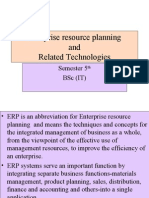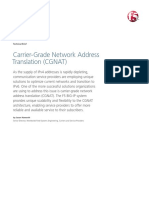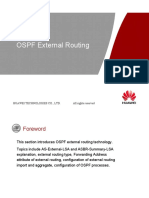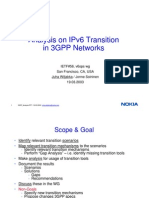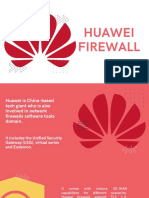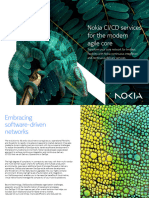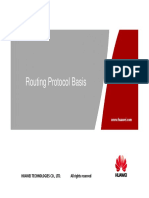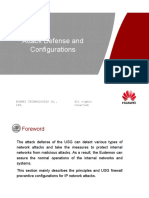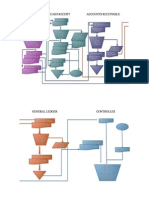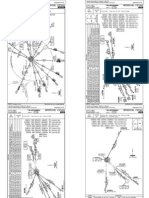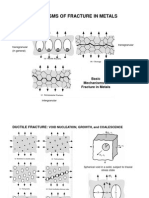0% found this document useful (0 votes)
269 views65 pages01 Cloud Computing Basics
The document discusses the evolution of computing eras from PC to mobile to IoE, and how the ecosystem changes with each generation. It notes that leading companies in each era control the core chips and operating systems to dominate the industry. Traditional IT faces issues like slow deployment that cloud computing can address through on-demand scaling, centralized resource pooling, and automated management. Cloud sources data from shared albums, music, videos and documents to conveniently power apps and attract more users.
Uploaded by
Neuróptica QuânticaCopyright
© © All Rights Reserved
We take content rights seriously. If you suspect this is your content, claim it here.
Available Formats
Download as PDF, TXT or read online on Scribd
0% found this document useful (0 votes)
269 views65 pages01 Cloud Computing Basics
The document discusses the evolution of computing eras from PC to mobile to IoE, and how the ecosystem changes with each generation. It notes that leading companies in each era control the core chips and operating systems to dominate the industry. Traditional IT faces issues like slow deployment that cloud computing can address through on-demand scaling, centralized resource pooling, and automated management. Cloud sources data from shared albums, music, videos and documents to conveniently power apps and attract more users.
Uploaded by
Neuróptica QuânticaCopyright
© © All Rights Reserved
We take content rights seriously. If you suspect this is your content, claim it here.
Available Formats
Download as PDF, TXT or read online on Scribd
/ 65



